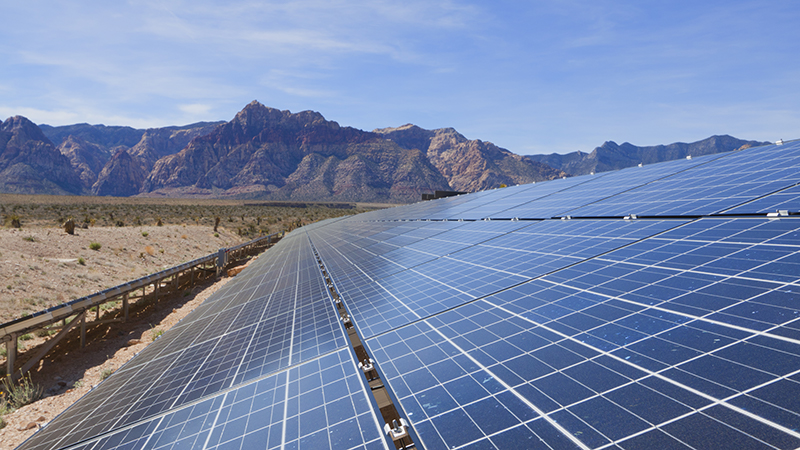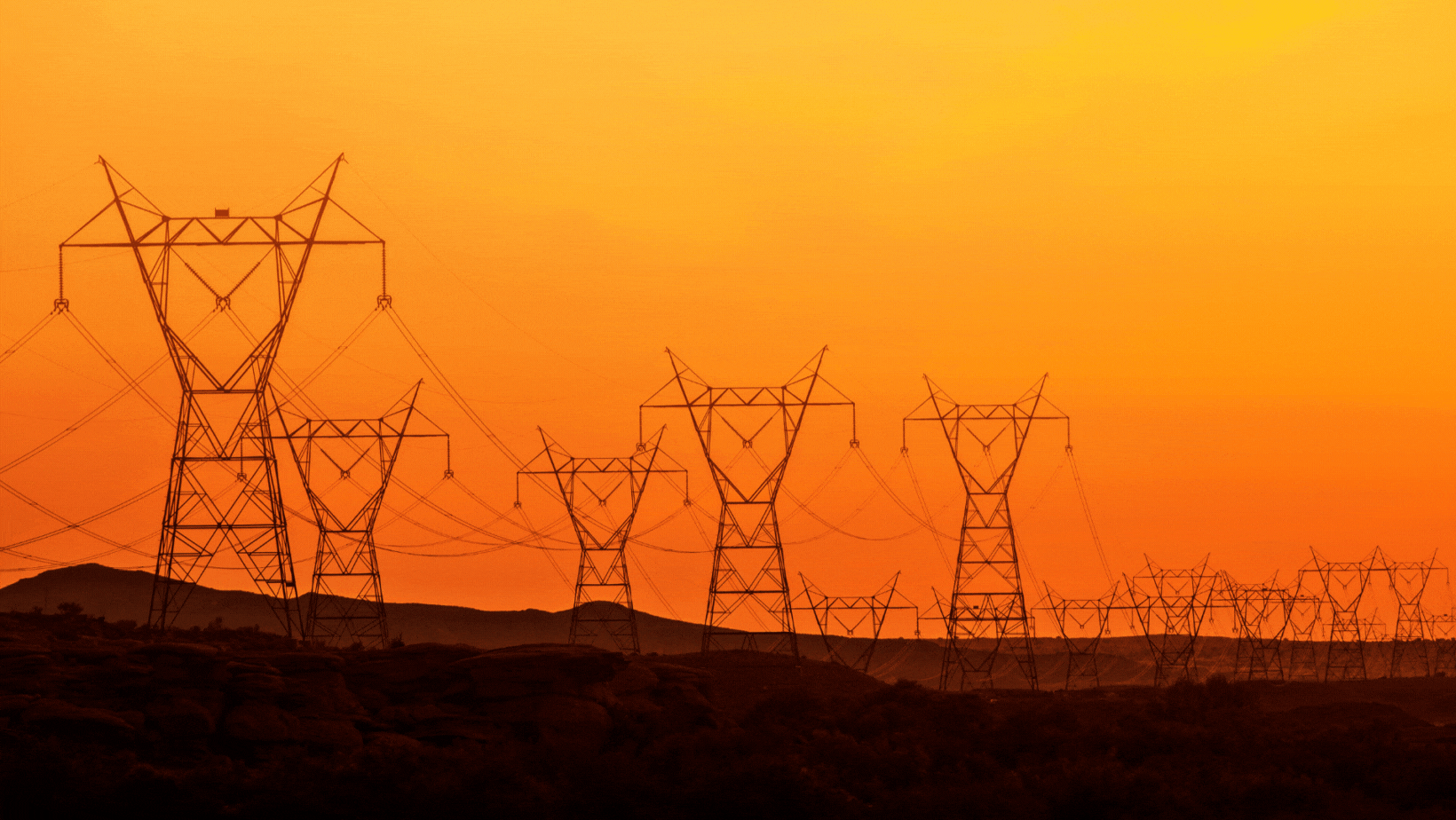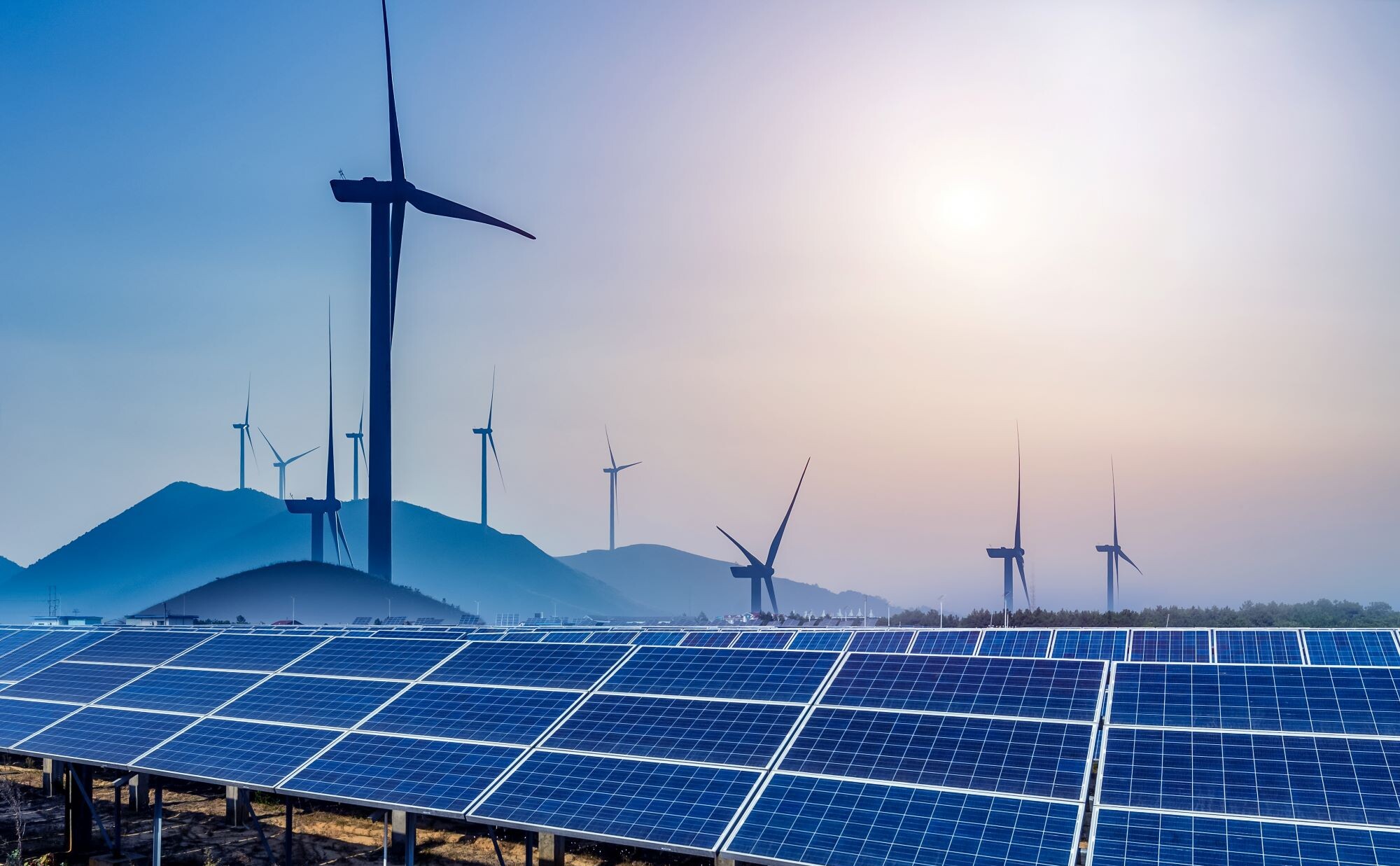February 3, 2025
Electricity powers our everyday lives. We depend on our electric utility company to provide affordable, reliable, and clean electricity to our homes and businesses. But the energy landscape is rapidly changing with significant increases in future demand, more frequent extreme weather events driven by a changing climate, and growing customer need for cleaner power.
Nevada is no exception to this growing need for energy. NV Energy, the state’s only for-profit utility, predicts considerable load growth over the next decade, and its CEO has said that demand in northern Nevada could double in 8 years. According to NV Energy, the growth is driven almost entirely by new data centers that will power the explosive growth in artificial intelligence and automation technologies.
Meeting increased energy demand is one of Nevada’s greatest challenges — and opportunities. Unfortunately, Nevada’s current utility planning process needs to substantially change to keep pace with this rapidly changing energy landscape.
The Problem: Leaving Money and Clean Energy Resources on the Table
The utility planning process, called an Integrated Resource Plan (IRP), projects future electricity demand and determines the types of energy resources the utility will need to meet that demand. Through IRPs, utilities and decision –makers determine how much of our power comes from either clean or polluting sources. The cost of those resources – like the cost to develop a new solar array or build and maintain a methane gas plant – are later paid for by customers through utility bills, impacting Nevada’s families and businesses. Nevadans will also suffer the environmental impacts of those resource choices, like air pollution and extreme heat. Transparency in the IRP process is paramount to our state’s energy future and economic health.
As a part of the IRP process, NV Energy can acquire energy resources to meet demand through constructing and owning projects itself, contracting directly with a developer to build a project, or by issuing a request for proposals (RFPs). Like getting a quote from different contractors to renovate your home, an RFP is a formal bidding process where project developers provide proposals for energy generation resources that the utility could obtain to meet demand.
RFPs gather real-time information about what projects are available to satisfy specific energy needs, maximizing the chances that the most reliable, cost-effective, and cleanest resources are selected. RFPs are the only competitive, market-based approach to energy project development and are considered the gold standard.
An effective IRP process should first begin with an examination of the utility’s underlying assumptions, forecasts, and modeling. After the data, assumptions, and resource needs in the IRP have been analyzed and approved by the Commission, the utility would then issue an RFP to find the best resources to meet projected demand.
Unfortunately, Nevada’s current IRP framework is messy and opaque, leaving the Commission with limited visibility into resource selection and giving the utility far too much control.
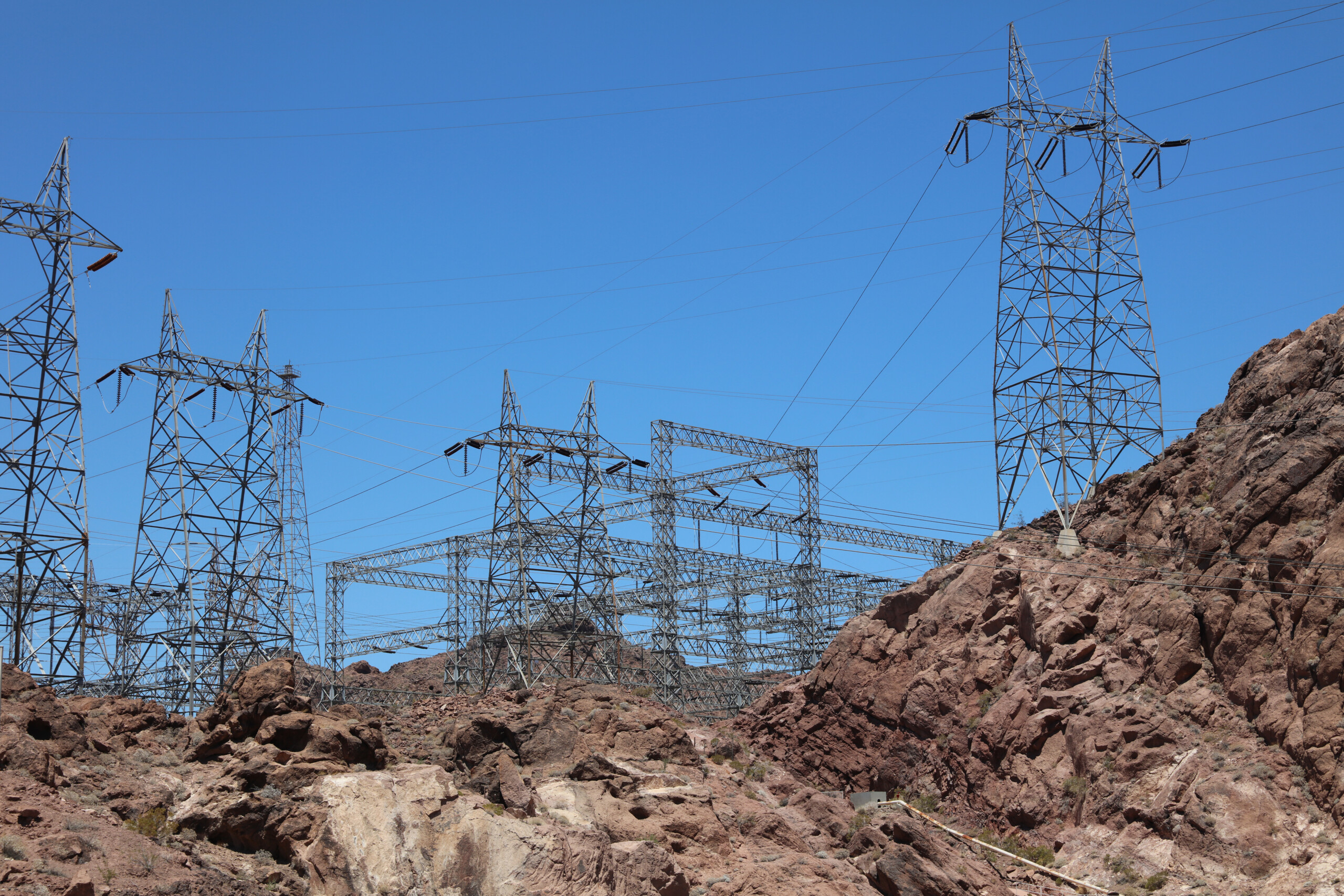
A Look Behind the Curtain on Resource Selection
The first challenge with the current IRP process is how NV Energy chooses its resources.
Under the current framework, NV Energy doesn’t follow an orderly two-step process but instead pre–selects energy resource bids behind closed doors. It may or may not incorporate those bids into its IRP application to the Commission.
This allows the utility to make resource decisions that may not be the most cost-effective or cleanest for Nevada’s families and businesses.
The second challenge is how NV Energy presents its resource selections. Filing both the IRP and the request for approval to acquire the selected resources in the same application muddles review of the plan. For instance, if the Commission determines one of the utility’s underlying assumptions or forecasts laid out in the IRP needs to change, it could throw the development projects NV Energy has already selected into question.
The past three years of resource planning in the state have exposed these flaws. A flurry of opaque, last-minute applications and rushed decisions have muddled the process, potentially wasted customer dollars, backed the Commission into a corner, and resulted in greater reliance on polluting resources.
In 2021, NV Energy identified a combination of solar and battery storage to replace its planned closure of the state’s last remaining coal plant, the North Valmy Generating Station. However, the company later filed a surprise amendment that reversed course and pointed to urgent reliability concerns – not identified in the IRP – that required the conversion of those same coal units to gas. Given little time to review and faced with potential power outages, the Commission approved the new gas units.
The latest IRP, approved in December 2024, green lighted two more methane gas units at Valmy to be used as needed, increasing the state’s reliance on polluting and price volatile fuel sources. This type of crisis planning is strenuous, time consuming, and unlikely to provide the most affordable and reliable energy for Nevadans. A standardized process – like that implemented by other states in our region – where the utility’s resource needs are first evaluated and approved by the Commission, before the utility acquires specific resources, is the most pragmatic path forward.
The current process lacks transparency, limits oversight by the Commission and is opaque to stakeholders and the public. It’s no surprise, then, that the status quo yields few project bids from developers. NV Energy’s 2023 RFP received just 84 bids, and in the Spring 2022 RFP, it was a mere 11 . By contrast, Xcel Energy, an equivalent utility, had over 1,000 bids in response to its standardized RFP process held in 2022.
More bids proposals mean more opportunities for competition that can drive prices down and offer more renewable energy projects to choose from. With better resource selection comes fewer chances for development to fall through and greater job security for those employed by the project. It also means that if a project does fall through, like the solar projects in NV Energy’s 2021 IRP, there are numerous back-up bids that the utility can evaluate and pursue.
The Solution: An Orderly and Transparent Resource Planning and Procurement Process
Nevada doesn’t have time to waste. We need a predictable IRP process, and we should abandon the existing behind-closed-door resource evaluation and selection process in favor of a more transparent approach. We should let common-sense practices in the industry guide IRP reform. Adopting a two-phased approach is the best path forward:
 Phase One – The utility files an IRP application with the Commission for approval of its assumptions, load forecasts, modeling scenarios, and identification of the utility’s resource needs. NV Energy would also file its RFP documents that will be used to request and evaluate bids for approval.
Phase One – The utility files an IRP application with the Commission for approval of its assumptions, load forecasts, modeling scenarios, and identification of the utility’s resource needs. NV Energy would also file its RFP documents that will be used to request and evaluate bids for approval.
 Phase Two – Once the Phase One plan is approved, the utility would conduct an all-source RFP. In this process the utility solicits bids based on its approved resource needs for potential resources from various energy resource, technology, and ownership types. This widens the scope of the RFP process and taps the competitive market, allowing the best options to rise to the top. The RFP process would be monitored by an independent evaluator to ensure fairness of the bidding and evaluation process. The utility would then file a preferred and alternative portfolio of resources for Commission review and approval.
Phase Two – Once the Phase One plan is approved, the utility would conduct an all-source RFP. In this process the utility solicits bids based on its approved resource needs for potential resources from various energy resource, technology, and ownership types. This widens the scope of the RFP process and taps the competitive market, allowing the best options to rise to the top. The RFP process would be monitored by an independent evaluator to ensure fairness of the bidding and evaluation process. The utility would then file a preferred and alternative portfolio of resources for Commission review and approval.
WRA filed comments before the PUCN in January 2025 laying out the policy and legal support for a two-phased resource procurement process and is collaborating with partners to see IRP reform enacted. Nevadans deserve a transparent and orderly IRP process to ensure energy resources are serving the needs of our families, businesses, and the state, now and in the future.
